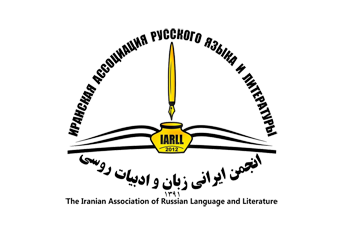LINGUISTIC AND CULTURAL ANALYSIS OF THE TEXT "THE TALE OF THE FISHERMAN AND FISH" AND "THE LITTLE BLACK FISH"
DOI:
https://doi.org/10.61186/iarll.23.10Keywords:
Linguistic and Cultural Analysis, Text, Key Concepts of Culture, Iran, Russia, Tale of the Fisherman and the Fish, Black FishAbstract
This article identifies and describes the key concepts of Iranian and Russian culture, compares the language picture of the world of the two peoples through a linguistic and cultural analysis of A.S. Pushkin "The Tale of the Fisherman and the Fish" and Samad Behrangi "The Little Black Fish". The creation and development of linguocultural competence of students today is one of the most important tasks of teaching a foreign language (in our case, Russian as a foreign language in Iran). Therefore, the relevance of the topic of the article lies in the following: The need to develop linguocultural competence of students for the communicative use of lexical means of the Russian language in all types of speech activity; the need to develop students the ability to see what is common and different in another language, culture, to appreciate and respect their own culture and the culture of another people. The linguocultural meanings found during the analysis will allow students to more fully and deeply understand both their native culture and the culture of the language being studied.
Extended abstract:
This article aims to identify and describe key concepts in Iranian and Russian culture, and compare the language pictures of the two peoples through a linguocultural analysis of A.S. Pushkin's "The Tale of the Fisherman and the Fish" and Samad Behrangi's "The Little Black Fish". Linguocultural analysis of the text is one of the main research methods, which involves considering cultural information stored in the text, identifying the values of both cultures, and examining the perception of cultural information in the text. This helps to develop students' linguistic and cultural competence. Developing students' linguocultural competence is a crucial task in teaching foreign languages, particularly Russian as a foreign language in Iran. The relevance of this topic lies in the need to develop students' competence for communicative use of lexical means in all types of speech activities, as well as their ability to appreciate and respect their own culture and that of another people. Linguocultural meanings found during analysis allow students to better understand their native culture and that of the language being studied. To achieve this goal, it is necessary to understand the national and cultural specifics of lexical and grammatical units, as words from different languages rarely have identical meanings. Linguocultural text analysis is a suitable method for achieving this goal, with practical importance for studying the Russian language and translating literary texts into Russian/Persian. In addition to language itself, it is necessary to know the history, culture, mythology, religion, phraseological units, traditions, rituals, and values of the Russian people. This background knowledge enriches students' consciousness and memory. The linguocultural approach to language teaching is based on the belief that language and culture are closely related, and that individuals are both the main speakers of a language and creators/users of culture as members of society.
Downloads
Published
How to Cite
Issue
Section
License
Copyright (c) 2023 Issledovatel'skiy Zhurnal Russkogo Yazyka I Literatury

This work is licensed under a Creative Commons Attribution 4.0 International License.
![]()
"Creative Commons Attribution 4.0 International (CC-BY 4.0)"


